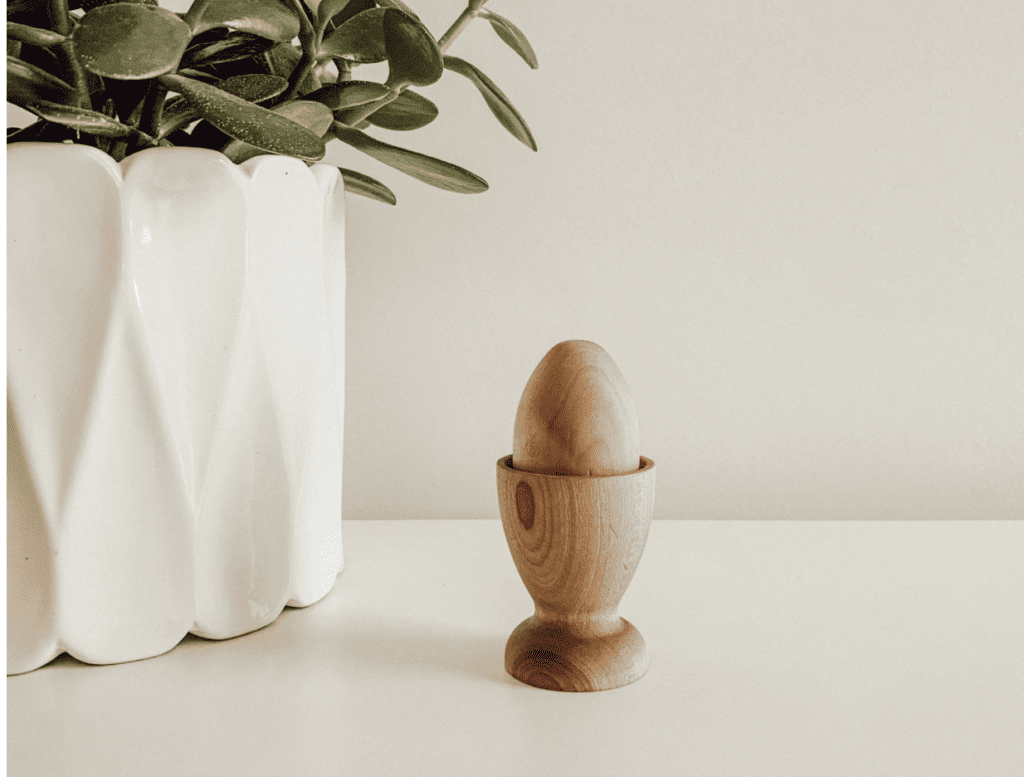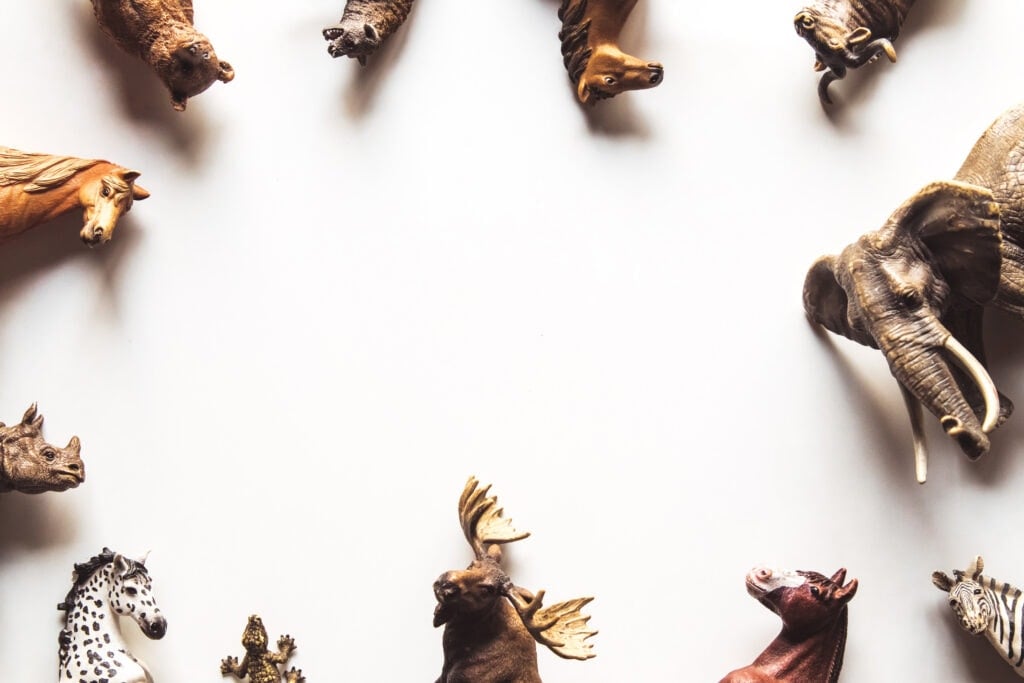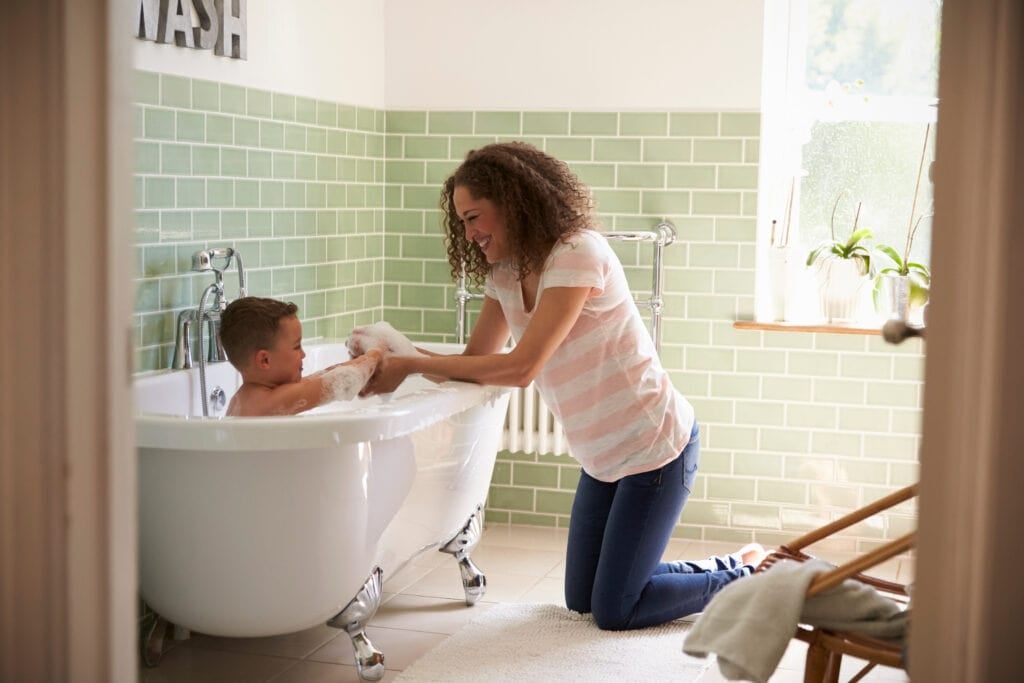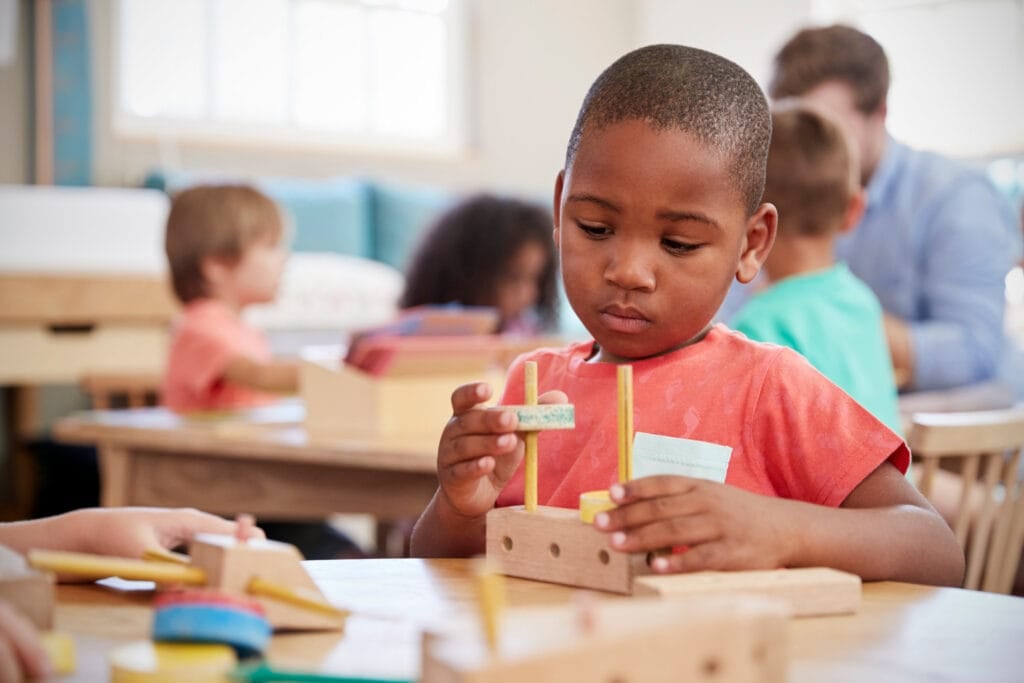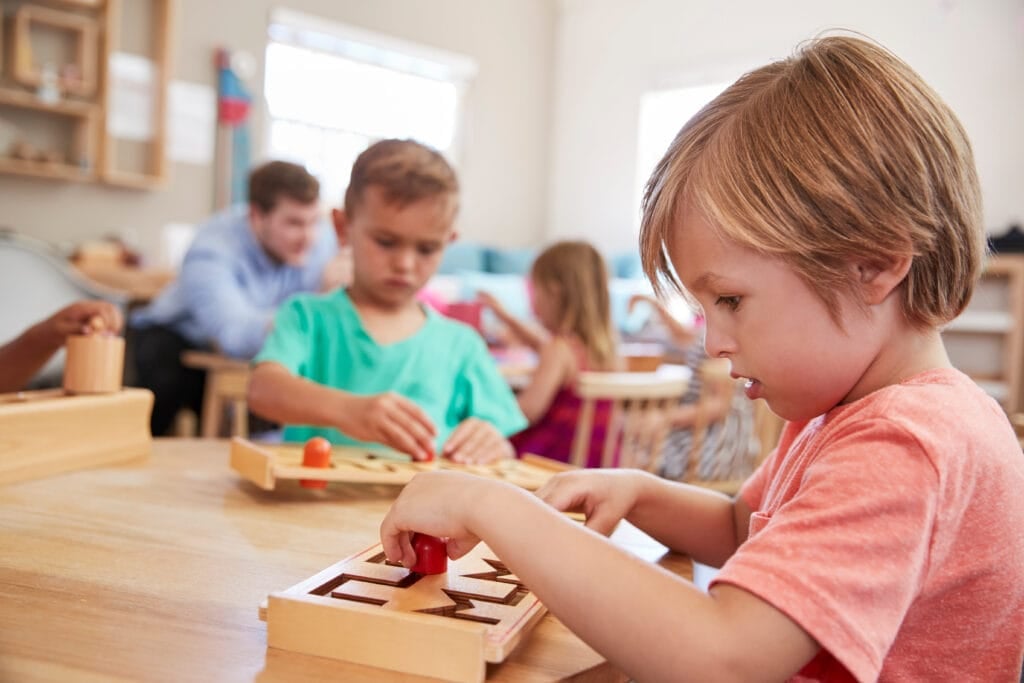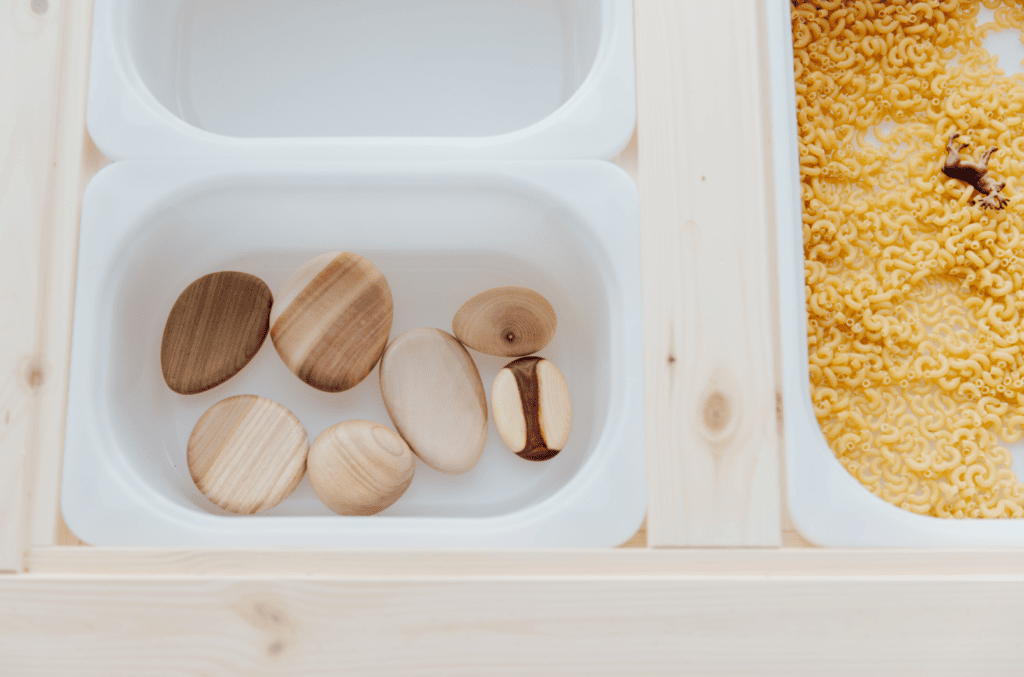As a parent with a newborn, you are probably wondering when to begin guiding your child’s learning the
Montessori is widely known for its teaching approach, but its advocacy of child development is not limited to school-aged children. Maria
As such, there is a wealth of information on how parents can care for newborns in the
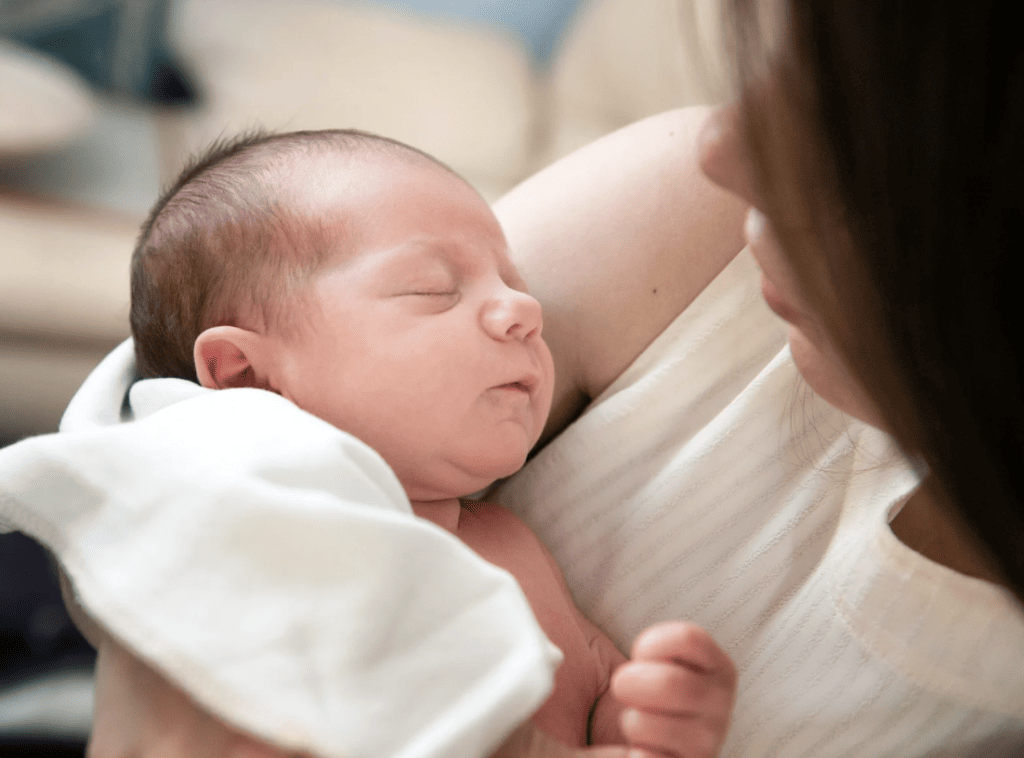
When should a baby start Montessori ?
For the purposes of clarity, we define newborn as the World Health Organization defines a newborn infant – a baby up to 28 days (1 month) old. Other child development websites extend this period to up to two months. From two to 12 months, the baby is classified as an infant, after which they enter the toddler stage.
If we go by Maria
“We must come to a full understanding of the state of being of the new born child. Only then will the absolute necessity of rendering easy his initiation into life become evident. The new born child must become the object of knowledgeable care. Even holding him requires the utmost gentleness, and he should not be moved except with great tenderness. We must understand that in the first moment, and even in the first month, the child should be kept very quiet.”
-Dr. MariaMontessori , The Child in the Family
Infancy: the first plane of development
Montessori categorizes the newborn stage as being part of the first of four planes of development: Infancy. This stage lasts from birth to six years old and is home to the absorbent mind phase as well as many sensitive periods of learning.
It is in the newborn stage that the sensitive period for order begins. Thus, in understanding the newborn, parents must address their need for an orderly environment, which includes a consistency in how they are protected, nurtured and loved.
“There is in the child a special kind of sensitivity which leads him to absorb everything about him and it is this work of observing and absorbing that alone enables him to adapt himself to life. He does it in virtue of an unconscious power that exists in childhood… The first period of the child’s life is one of adaptation.”
–Dr. MariaMontessori , The Absorbent Mind, page 57
Learning by Doing for Infants
Even in infancy, the tenet of learning by doing is championed by the
This means the parent taking the baby to a safe area adjacent to the kitchen if they are cooking, or to the living room where other members of the family are gathered. Being around everyday life helps the baby learn to familiarize themselves with different activities and situations. With time, this becomes part of their routine. This approach is in keeping with
“The newborn child can do nothing alone. He has to be carried into the environment. If he is left alone, he cannot develop, but if he is brought into the external environment, he is very interested in everything, and then something happens inside him, something to do with adaptation to the environment.”
–MariaMontessori , The 1946 London Lectures, p. 94
Environment
An orderly environment for a newborn means a place where things are predictable. From the comfort of the womb where everything they need is readily available, they now have to rely on external help in the form of carers/parents with whom they cannot yet communicate.
During this stage, the newborn doesn’t know that they are a separate person, so they are still relying on the automated support as experienced in the mother’s womb. The newborn environment then includes not only the physical surroundings but everything they can experience with their senses. Because the newborn’s movements are limited, what they see, hear, smell, taste, and touch shape the world around them and influence what they experience and learn.
How do you play with a newborn in Montessori ?
In
Communicating with baby
1. Talking to your baby. Saying gentle words to your newborn and responding to their babbling encourages them to interact and learn the conversational exchange of listening and talking. Do not use baby talk but rather talk to them as you normally would, injecting humor and playfulness in your tone instead.
2. Make eye contact when interacting with your baby. Look at the baby’s face and let them observe your face as you talk. Seeing your facial expressions allows them to decipher different emotions and words spoken.
3. Narrating to your baby. When the baby is playing, talk to them about what they are doing and listen for any response. At the same time, when you are doing something, talk to them about what you are doing and leave gaps for their response.
4. Read to the baby. Reading picture books teaches baby rhyme and syntax, as well as the sound of a parent’s voice. It is also a good way to bond with the baby.
5. Sing to your baby. Babies love the sound of their parent’s voices. Singing to them teaches them rhythm, cadence, and melody, and introduces them to music.
6. Observe the baby. As they go about their day, pay attention to what catches their interest, and allow them to spend time on these, talking to them about it.
You may notice a pattern of advice regarding parents talking to babies. This is because it is important that the parent’s voice, above all other sounds, be the one the child hears most to offer them comfort and create a bond with their parent.
Encouraging movement
1. Appropriate clothing. Dress your baby in clothing that will encourage movement. Newborns and infants are only discovering their bodies, and need movement to learn to strengthen their bodies and develop coordination.
2. Do not swaddle the baby. While the idea of swaddling is to mimic the cocoon-like environment of the womb or a mother’s cuddle, Maria
3. Play mat. Encourage free movement by putting a simple play/movement mat in a safe place on the floor so the baby can practice whole-body movements like crawling and turning over, or simply lying on their back.
4. Low mirror. Securely placing a large mirror at their level will introduce the baby to social interaction with the baby in the mirror and allow them to see or mimic movements they witness. More learning occurs when they realize that they are the baby in the mirror.
5. Mobiles. Securely fastened mobiles that are just slightly out of reach will encourage stretching and hand-eye coordination as well as observation and focus.
6. Discourage restrictive contraptions. Try not to use baby equipment that restricts free movement such as bouncers, walkers, and activity centers as they do not encourage free play that allows babies full use of their body and exercises mobility.
Is Montessori good for babies?
Maria
The
Allowing free movement, adapting the environment to the baby’s needs, and actively communicating and listening to the baby, reinforces their autonomy and worth as their own person from the onset. This will lead to a baby secure in themselves and confident in their ability to tackle their environment as they have been allowed to do.
References:
The Child in the Family by Maria
My Infant – https://montessori.org.au/my-infant:
First Plane (Birth to Age 6) – https://amiusa.org/families/childs-development/
Aid to Life – https://aidtolife.org/movement/low-bed.html
Understanding the Human Being – https://montessoriguide.org/understanding-the-human-being
Newborn to Three Months – https://www.betterhealth.vic.gov.au/health/healthyliving/child-development-1-newborn-to-three-months


